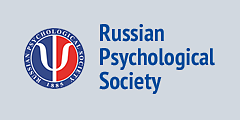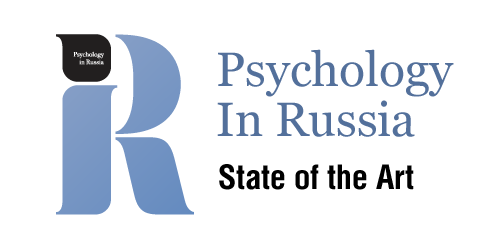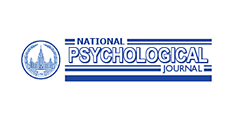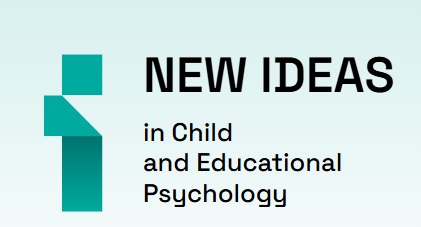Bychkova, A.S.

Junior Researcher, N.N. Burdenko National Medical Research Center of Neurosurgery.
-
Spontaneous Associations under Mild Compression of the Hippocampal AreaLomonosov Psychology Journal, 2025, 1. p. 101-125read more1532
-
Background. The network principle of brain realization of cognitive phenomena assumes the self-organization of distributed neuronal elements into a network for processing information demanded by the organism at a given moment. Cerebral networks that are formed during rest and are associated with spontaneous associative flows are of particular interest. One of the key structures of resting-state networks is the hippocampus.
Objective. The aim of this research was to investigate spontaneous associative flows at rest in the context of left or right-sided compression of the hippocampal area.
Study Participants. The research involved 16 patients with benign meningiomas that mildly compress the medio-basal regions of the temporal lobe in the area of the hippocampus. The mean age was 47.5 years (SD = 8.3; 12 females; all participants were right-handed). One group comprised 9 patients diagnosed with left-sided tumor location (referred to as “grLS”), while the other group included 7 patients with right-sided tumor location (“grRS”). The groups were comparable in terms of morphometric characteristics of the tumors, degree of hemisphere compression, and socio-demographic factors.
Methods. The study consisted of two sessions at rest, each lasting 3 minutes. Prior to each session, the patient listened to a voice record of a modulating instruction. Immediately after the session, the patient gave a spontaneous narrative and a structured interview about spontaneous associations during rest. The entire conversation was recorded and subsequently transcribed into text format.
Results. Spontaneous associative flows had lateral specificity. In cases of left hemisphere compression, spontaneous thoughts, emotions, and memories were typically linked to the awareness of the moment of their formation, associated with specific events, and had a conscious border with fantasy plots. With right hemisphere compression, the flow was less controllable, associations were related to generalized memories, in which one’s own experience was mixed with information from any other sources and fantasy elements, and transitions had no boundaries. In the left hemisphere group (grLS), associations were predominantly visual and verbal in nature, whereas in the right hemisphere group (grRS), polymodal flows were recorded.
Conclusions. When the right hemisphere is compressed, the flow of associations is poorly controlled, transitions between real and fantasy elements have no boundaries, being combined in the same plot. When the left hemisphere is compressed, memories, as a rule, are tied to specific episodes of one’s own experience, the arbitrariness component is more pronounced in them, and the flow elements have conscious boundaries.
Keywords: resting state networks; hippocampus; resting state; spontaneous flow; consciousness; memory DOI: 10.11621/LPJ-25-05
-
-
Subjective aspect of resting state: an overview of research methodsLomonosov Psychology Journal, 2023, 1. p. 201-220read more2006
-
Background. In recent years, the resting state of the subject in the absence of obvious external sensory stimuli and cognitive tasks has become the subject matter of extensive study. Interest in studying the subjective aspect of calm wakefulness has increased since the emergence of neuroimaging studies indicating the existence of a cerebral network that increases its activity in resting state. There is a variety of methodological approaches to assess the content of the stream of thoughts in calm wakefulness. The issue of elaborating a universal tool to register the subjective aspect of the restful state remains relevant.
Objective. The study aims to analyze the existing methodological approaches to the research of the subjective part of the resting state.
Methods. Review and analysis of existing research into the content of the stream of thoughts in calm wakefulness.
Results. Studies of the free stream of consciousness in a state of calm wakefulness, such as questionnaires, structured interview, reports on the current state at the time of a random signal have been analysed in the current work.
Conclusion. The conducted literature review demonstrated the methodological diversity of assessment approaches to the subjective aspect of the restful state, and also showed the need to take into account various factors affecting the reliability of the results obtained. The necessity of applying additional methods to solve specific research problems as well as the possibility of developing a high-quality universal diagnostic tool to analyze the content of the stream of consciousness in rest are being discussed.
Keywords: resting state; the network of a passive mode of operation of the brain (SPRRM); default mode network (DMN); spontaneous stream of consciousness; resting state questionnaire DOI: 10.11621/vsp.2023.01.09
-









